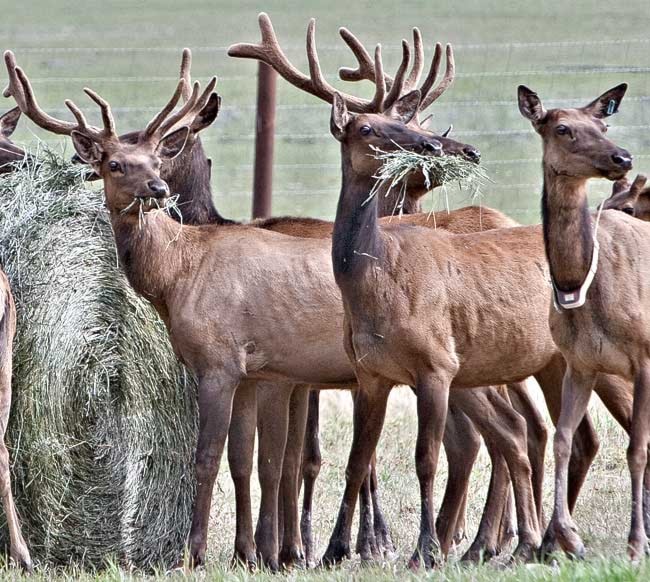Not enough elk have been killed.
So this week, Environment Yukon is offering 24 additional elk permits, as well as six new First Nation permits.
Most of the permits are for cows.
And this has some hunters worried.
Late in the season, cows are heavy with calves, usually born in May and June. So killing one animal often turns into a two-for-one, or even a three-for-one.
The other concern is that bulls can drop their antlers in March, making it harder to tell the animals apart.
“People will just have to be more careful,” said Environment moose, deer and elk biologist Rick Ward.
The season ends March 31. And, by then, Ward hopes to see more elk harvested.
Of the original 50 elk permits issued this fall, only 24 animals were killed.
But Environment wants to see the territory’s population drop by 50 animals this year.
“That was the objective set out in the elk management plan,” said Ward.
Because the Yukon’s elk have been penned during calving the last few years to combat ticks, more babies survived. And the 175-animal herd jumped to roughly 275. Environment hopes to eliminate those additional
100 elk over the next two years.
But the herd hasn’t been counted since 2007, said Ward. There isn’t a budget for it every year.
The next count is expected in 2011, after Environment hopes to have the additional 100 elk harvested.
No one knows exactly how many elk are in the Yukon, said Ward. “But there are always risks in wildlife management.”
After the initial two-year harvest, Ward expects elk permits will be limited.
But for now, three new permits – one cow and two bulls – will be offered for the Braeburn herd and 21 new permits – six bulls and 15 cows – will be offered for the Takhini herd.
More cows are offered because of the proportion of cows taken to date, said Ward. “We are trying to maintain the normal sex ratios.”
Cows are also pregnant in September, he added. It’s just much earlier on in their term.
Of the 24 elk harvested so far, 15 were bulls and six were cows.
For more information on the elk hunt and additional permits go to Environment Yukon’s website at http://www.environmentyukon.gov.yk.ca/huntingtrapping/elkpermithunt.php
